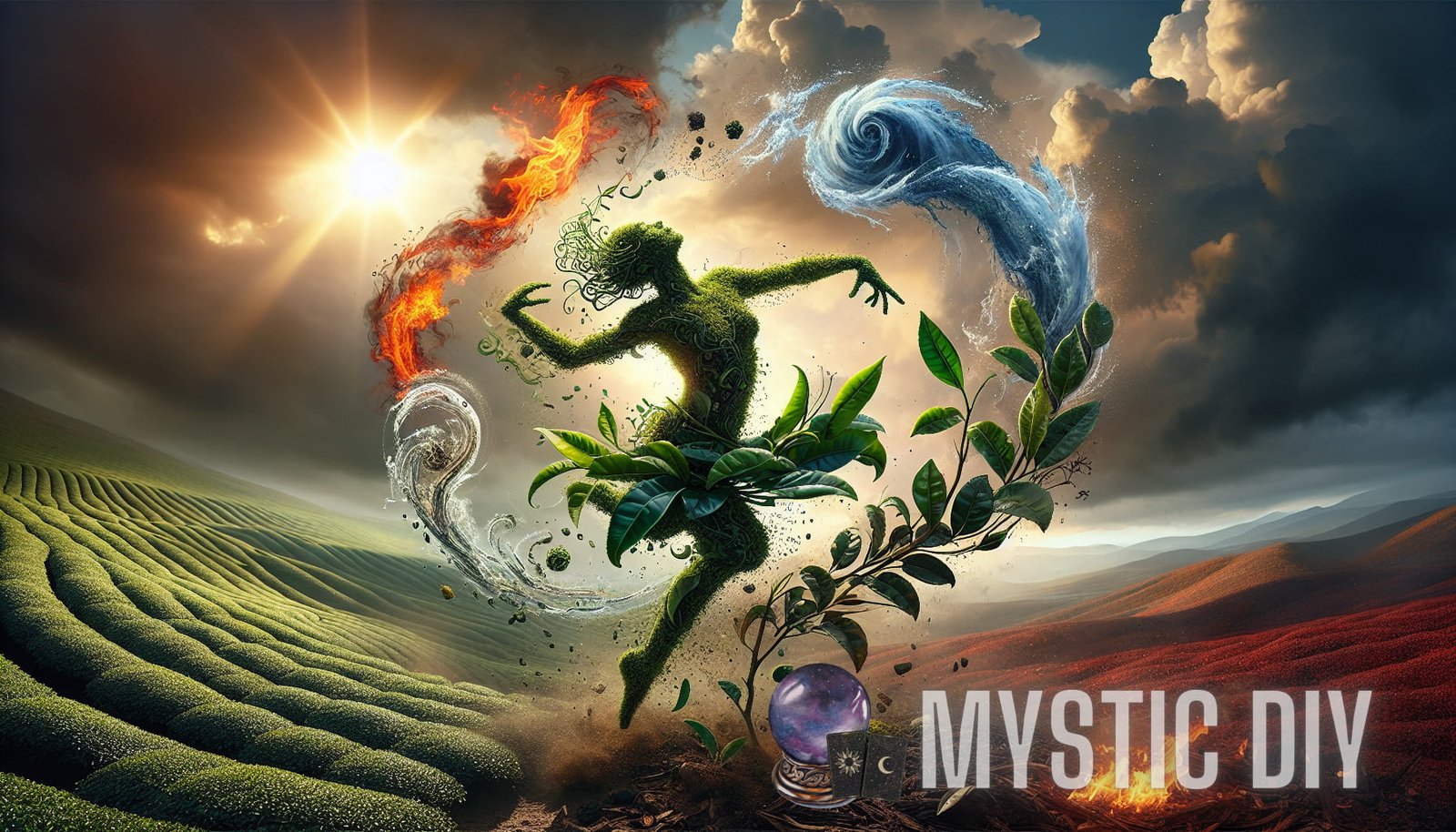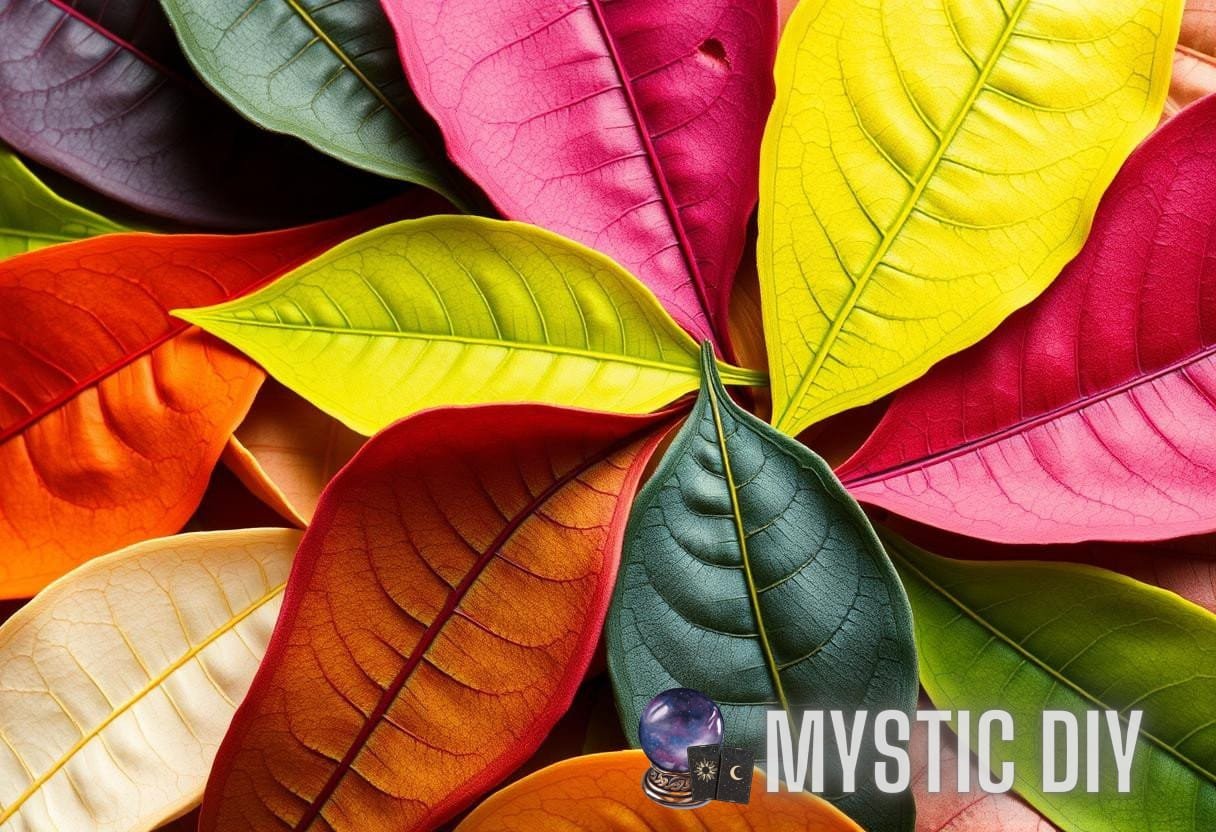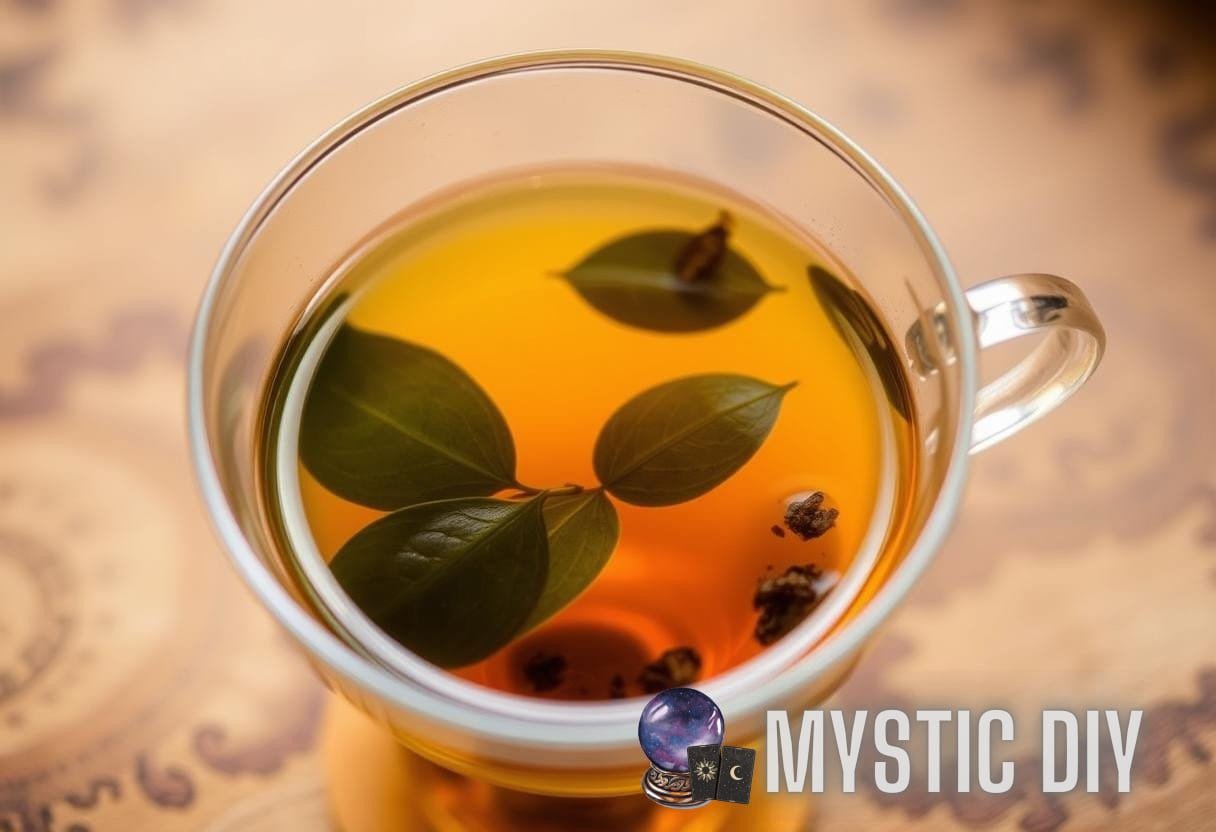Introduction
Tea is one of the most beloved beverages in the world, and its consumption has been steeped in tradition and culture for centuries. Whether enjoyed in the form of a delicate green tea, a robust black tea, or a fragrant herbal infusion, tea has a symphony of flavors that can delight the senses. However, what many tea enthusiasts may not realize is that the intricate dance of tea leaves and environmental factors plays a significant role in creating this symphony.
The Elements of Tea Harmony
Tea harmony is the art of understanding and manipulating the environmental factors that influence the growth of tea leaves and the subsequent production of tea. These factors include temperature, sunlight, rainfall, altitude, soil composition, and many others. Each of these elements plays a crucial role in determining the flavor, aroma, and overall quality of tea. Let’s explore each element in more detail.
1. Temperature
Temperature is perhaps one of the most important factors in tea cultivation. Different types of tea thrive in different temperature ranges, and even small variations can significantly impact the quality of the tea leaves. For example:
- Green tea: Green tea is typically grown in cooler climates, with temperatures ranging from 50°F to 75°F (10°C to 24°C). This lower temperature preserves the delicate flavors and aromas of the tea.
- Black tea: Black tea is often grown in warmer regions, with temperatures ranging from 75°F to 90°F (24°C to 32°C) or higher. The higher temperature promotes the oxidation process that gives black tea its characteristic bold flavor.
- Oolong tea: Oolong tea is grown in a moderate temperature range, typically between 60°F and 75°F (15°C to 24°C). This allows for a partial oxidation process, resulting in a tea with a nuanced flavor profile.
2. Sunlight
Sunlight is another crucial element in tea cultivation. Tea plants require a balance of sunlight exposure and shade to thrive. The sun’s rays provide energy for photosynthesis, allowing the plants to produce sugars and other compounds that contribute to the tea’s flavor. However, excessive sunlight can lead to the degradation of these compounds and result in a bitter or astringent taste. On the other hand, too much shade can inhibit the growth of tea leaves and lead to a lack of flavor. Tea farmers carefully manage the distribution of shade in tea gardens to ensure optimal growth and flavor development.
3. Rainfall
Rainfall is essential for tea cultivation as it provides the necessary hydration for tea plants. However, the amount and timing of rainfall can greatly affect the quality of the tea. For example:
- Spring tea: In regions where spring tea is harvested, the timing and amount of rainfall play a crucial role. Adequate rainfall in the spring ensures that the tea plants receive the necessary moisture for growth and development. However, excessive rainfall can dilute the flavor compounds in the tea leaves, resulting in a weaker brew.
- Monsoon flush: In regions where monsoon flush tea is harvested, heavy rainfall is desirable. The monsoon rains provide the necessary moisture for the tea plants to produce a robust and flavorful harvest.
4. Altitude
Altitude is another factor that greatly influences the flavor of tea. Tea plants grown at higher altitudes tend to have a slower growth rate, resulting in leaves that are rich in flavor compounds. This is because the cooler temperatures and reduced air pressure at higher altitudes slow down the metabolism of the tea plants, allowing them to accumulate more nutrients and develop more complex flavors. Examples of high-altitude teas include Darjeeling tea from the Himalayas and Taiwanese high mountain teas.

5. Soil Composition
The composition of the soil in which tea plants are grown can have a significant impact on the flavor and quality of the tea. Different soil types contain varying levels of essential minerals and nutrients, which are absorbed by the tea plants. These minerals and nutrients contribute to the unique flavor profiles of teas from different regions. For example, volcanic soils are known to be rich in minerals and are highly sought after for their ability to produce teas with complex flavors.
6. Other Factors
While temperature, sunlight, rainfall, altitude, and soil composition are some of the primary environmental factors that influence tea production, there are several other factors that also play a role:
- Cultivar: The specific tea cultivar used can greatly affect the flavor and aroma of the tea. Different cultivars have different characteristics and are suited to specific growing conditions.
- Harvesting and processing techniques: The way the tea leaves are harvested and processed can impact the final flavor and quality of the tea. For example, the timing of the harvest and the level of oxidation can greatly influence the flavor profile.
- Water quality: The quality of the water used to brew the tea can affect the taste. Hard water, for example, can interfere with the extraction of flavors from the tea leaves.
The Delicate Dance
The intricate dance of tea leaves and environmental factors is what gives each tea its unique character. Tea farmers carefully navigate the complex interplay of temperature, sunlight, rainfall, altitude, and soil composition to produce teas that delight the senses. By understanding and manipulating these environmental factors, tea producers can create teas with a specific flavor profile, aroma, and overall quality.
Whether it’s the delicate floral notes of a high-altitude green tea, the bold and malty flavors of an Assam black tea, or the earthy and aromatic infusion of a herbal tea, each cup of tea is a result of this delicate dance between tea leaves and the environment in which they grow.
Conclusion
The Elemental Symphony: Unraveling the Intricate Dance of Tea Leaves and Environmental Factors showcases the profound influence that temperature, sunlight, rainfall, altitude, soil composition, and other elements have on the flavor and quality of tea. Tea harmony is an art that requires a deep understanding of these factors and their interplay. By carefully managing and manipulating these environmental elements, tea producers can create teas that captivate the senses and provide a unique and enjoyable experience for tea enthusiasts worldwide.
Unlock the secrets of tea leaf reading precision and master tea reading techniques by exploring these related articles:
- Unlocking the Secrets of Tea Leaf Reading Precision: The Fascinating Interplay of Temperature and Time in Harmony
- Mastering Tea Reading Techniques: Unveiling the Secrets to Preparing Your Perfect Cup
Now that you have gained a deeper understanding of the delicate dance between tea leaves and environmental factors, explore the world of tea with a new sense of appreciation. With every sip, you can savor the harmonious symphony created by the interplay of these elements, making every cup of tea a truly captivating experience.
Current external link: Tea Cultivation Overview – https://en.wikipedia.org/wiki/Tea


